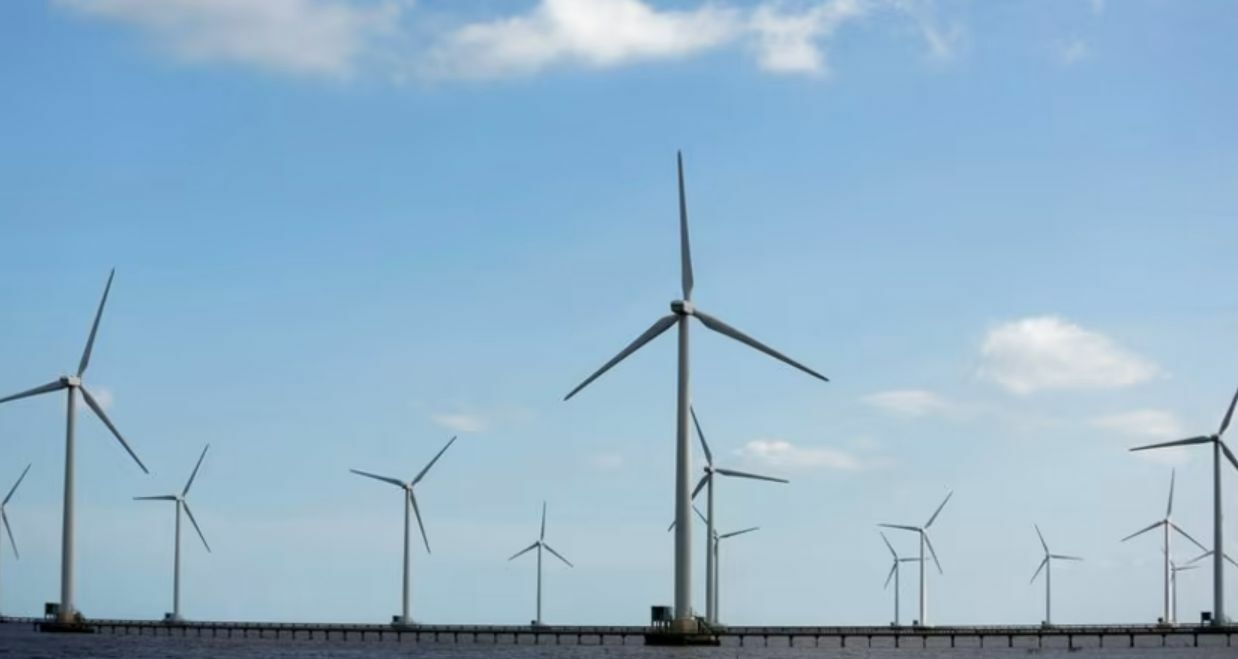Vietnam PM approves $134.7bn power plan, unlocking G7 green-transition funds

Vietnam’s Prime Minister Pham Minh Chinh has approved a power development plan requiring US$134.7 billion of funding for new power plants and grids, a move that could potentially unlock billions of dollars in foreign investment. The plan, known as PDP8, aims to ensure energy security for the Southeast Asian country while transitioning from its current heavy reliance on coal to carbon neutrality by 2050 reports Channel News Asia.
The approval of the plan is a crucial step to access an initial investment of US$15.5 billion in green-transition funds pledged to Vietnam in December by the Group of 7 (G7) nations and other wealthier countries. Half of the funds will come from the public sector, with the remainder provided by private investors.
Under the plan, 50% of office buildings and homes in Vietnam would be powered by rooftop solar panels by 2030. Additionally, the country aims to generate green energy for exports, targeting 5 to 10 gigawatts (GW) by 2030.
The draft PDP8, dated May 10, revealed that the plan would more than double Vietnam’s power generation capacity to 158GW by 2030 from 69GW at the end of 2020. Power plants using domestic gas and imported liquefied natural gas (LNG) would be the primary source of the country’s power generation mix by 2030, accounting for 37.33GW, or 23.6%. Coal would still account for 19% of the mix by 2030, followed by hydropower at 18.5%, wind energy at 17.6%, and solar power at 13%.
Latest Thailand News
Follow The Thaiger on Google News:
























